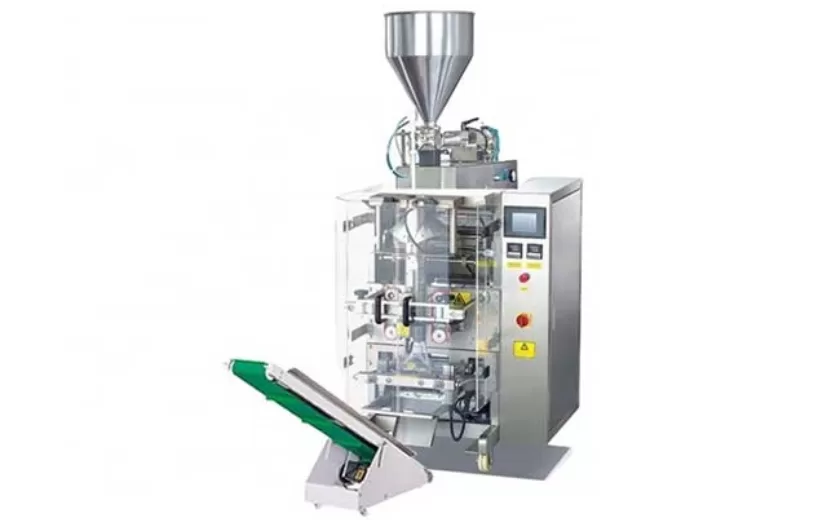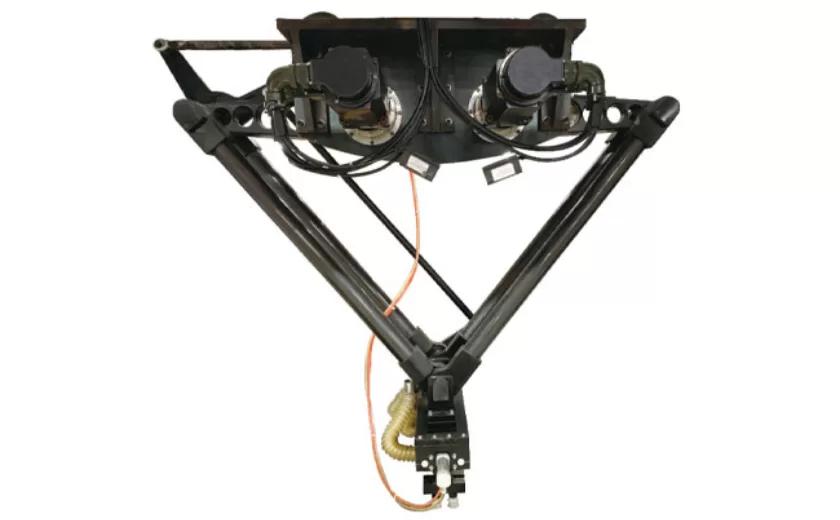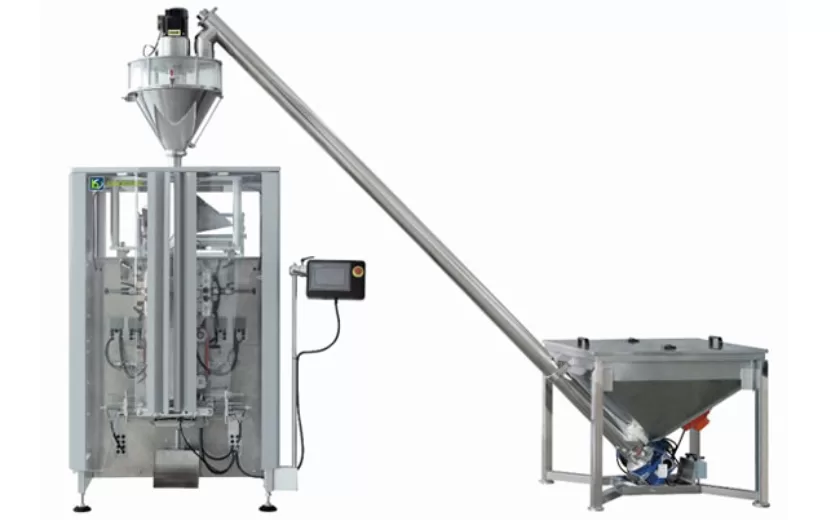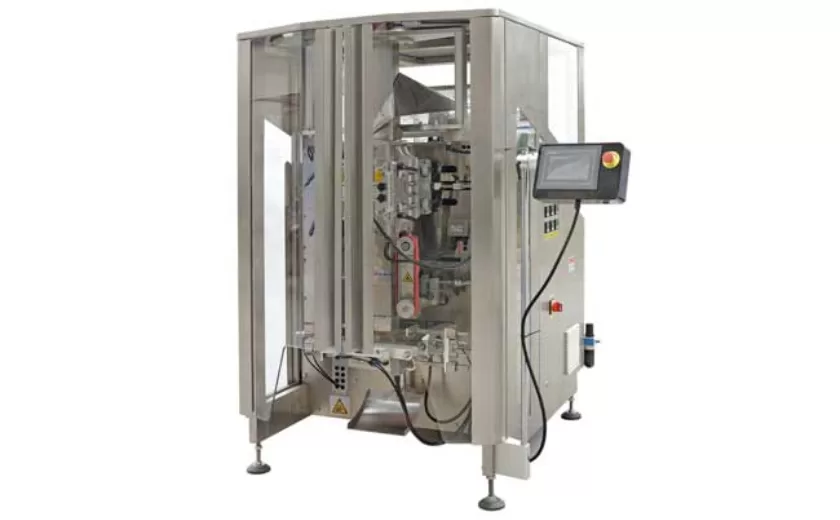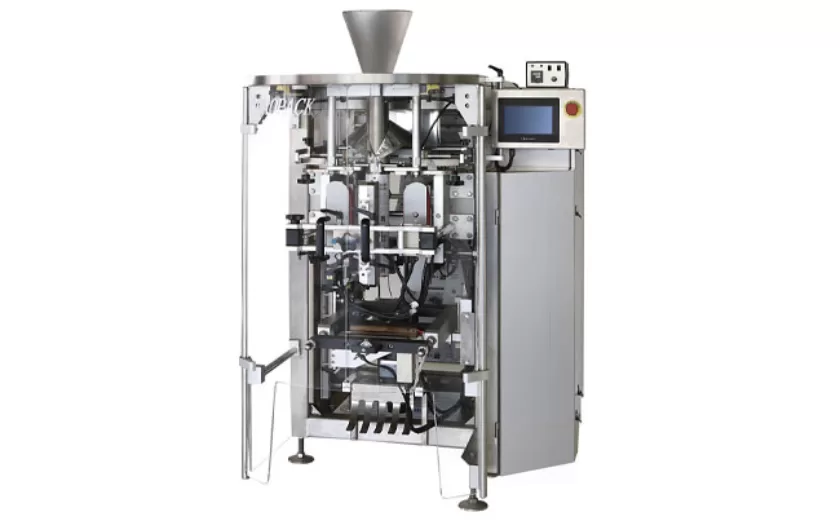How to Optimize Your Liquid Packaging Process for Maximum Output
In today™s competitive business environment, manufacturers are constantly looking for ways to improve efficiency and reduce costs. One area that can have a significant impact on both of these factors is the liquid packaging process. By optimizing this process, manufacturers can increase output, reduce waste, and improve product quality.
There are a number of different ways to optimize the liquid packaging process. Let’s explore some key considerations to maximize output and efficiency:
Line Speed and Efficiency
The speed of the packaging line is a major factor in determining output. A faster line speed means more products can be packaged in a given amount of time. However, it is important to balance line speed with efficiency. If the line speed is too fast, it can lead to bottlenecks and errors.
To achieve optimal line speed and efficiency, manufacturers should consider the following:
– The type of liquid being packaged
– The size and shape of the containers
– The packaging equipment being used
– The layout of the packaging line
Automated packaging systems and proper operator training can also help to improve line speed and efficiency by minimizing downtime and maximizing productivity.
Minimizing Waste
Waste is a major cost factor in the liquid packaging process. It can occur at any stage of the process, from the filling of the containers to the packaging of the finished products.
There are a number of ways to minimize waste, including:
– Using the correct equipment: The right equipment can help to prevent spills and leaks.
– Optimizing the packaging process: This includes factors such as the fill level of the containers and the sealing of the packages.
– Proper training of operators: Well-trained operators can help to reduce waste by avoiding mistakes.
By minimizing waste, manufacturers can save money and improve their environmental performance.
Improving Product Quality
The quality of the finished product is paramount in any packaging process. In the case of liquid packaging, product quality can be affected by a number of factors, including:
– Oxygen and moisture permeation: These factors can affect the shelf life and flavor of the product.
– Contamination: This can occur during any stage of the packaging process.
– Physical damage: This can occur during filling, packaging, or transportation.
By optimizing the packaging process, manufacturers can reduce the risks of product quality issues such as these.
By following these tips, manufacturers can optimize their liquid packaging process for maximum output, efficiency, and product quality. This can lead to significant cost savings and improved profitability.
-
Advanced Packing Solutions: Snacks, Sugar, and Frozen Food Machines
29-10-2025 -
Efficient and Reliable Solutions for Salt, Nuts, and Frozen Dumplings Packing
29-10-2025 -
High-Performance Biscuits, Lollipop, and Ketchup Packing Machines for Modern Food Production
29-10-2025 -
Efficient Liquid Filling and Packing Machines for Modern Production
23-10-2025 -
Reliable Granule Packaging Machines for Efficient Production
23-10-2025 -
Efficient Auger Powder Filling Machines for Accurate Packaging
23-10-2025 -
High-Performance Liquid Filling and Packing Machines for Hygienic Production
10-10-2025 -
High-Efficiency Granule Packaging Machines for Precision and Speed
10-10-2025 -
High-Precision Auger Type Powder Filling Machines for Efficient Packaging
10-10-2025 -
Efficient Vertical Form Fill Seal Packaging Machines for Smart Production
10-10-2025





